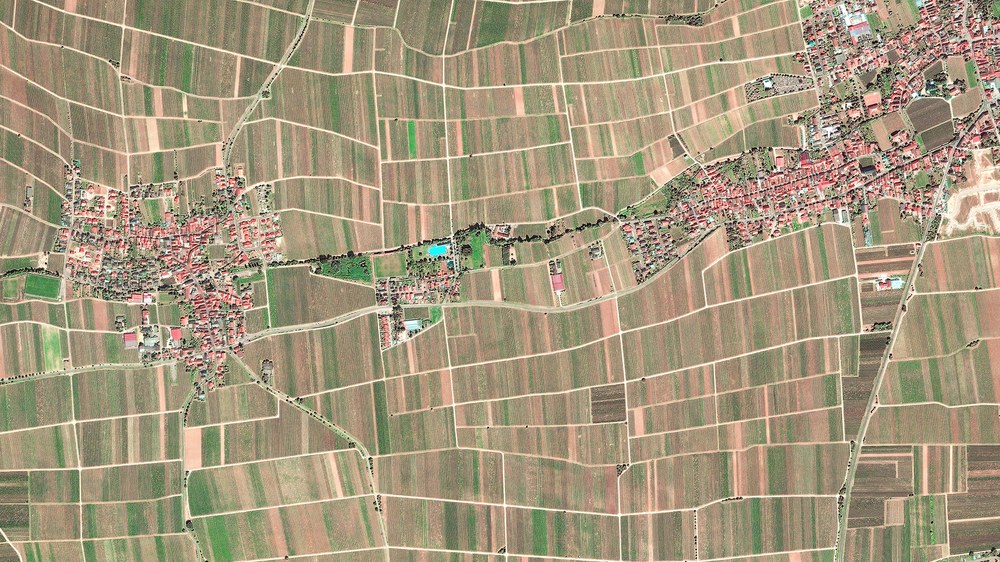Agriculture

EUSI / DLR
Approximately 45% of Bavaria’s total area is used for agricultural production. On about two-thirds of this land, covering over two million hectares, crops such as wheat, barley, oats, maize, rapeseed, potatoes, and sugar beets are cultivated. In selected regions, viticulture, horticulture, and hop cultivation also play an important role. The remaining land is used as grassland.
Agriculture is particularly affected by climate change. Extreme events such as droughts, heatwaves, hailstorms, and heavy rainfall lead to reduced yields or even total crop failures—as seen in 2018. These events are expected to become more frequent. Changes in temperature and precipitation patterns also impact the quality and yield, especially in viticulture and horticulture. Climate simulations predict that precipitation will decrease in northern Bavaria and increase in the Alpine foothills. Overall, Bavaria’s agriculture faces significant challenges, particularly regarding water availability and expected extremes. Adaptation strategies for sustainable and resilient agriculture must not only address food security; the way agriculture is practiced also has a major impact on biodiversity, soil conservation, and the preservation of cultural landscapes.
To support climate adaptation in agriculture, EO4CAM is developing, testing, and optimizing Earth observation products. These include mapping of crops and crop rotations, analyzing land-use changes over time, and detecting harvest, mowing, and plowing dates. Additionally, yield forecasts are being developed, and the impact of hedgerows and flower strips on yield and biodiversity is being modeled. Soil erosion and the development of the soil water balance are also being investigated.
A close dialogue with state authorities, the private sector, and farmers’ associations, as well as work in defined pilot regions, ensures that the project delivers information tailored to the real needs of its users.
